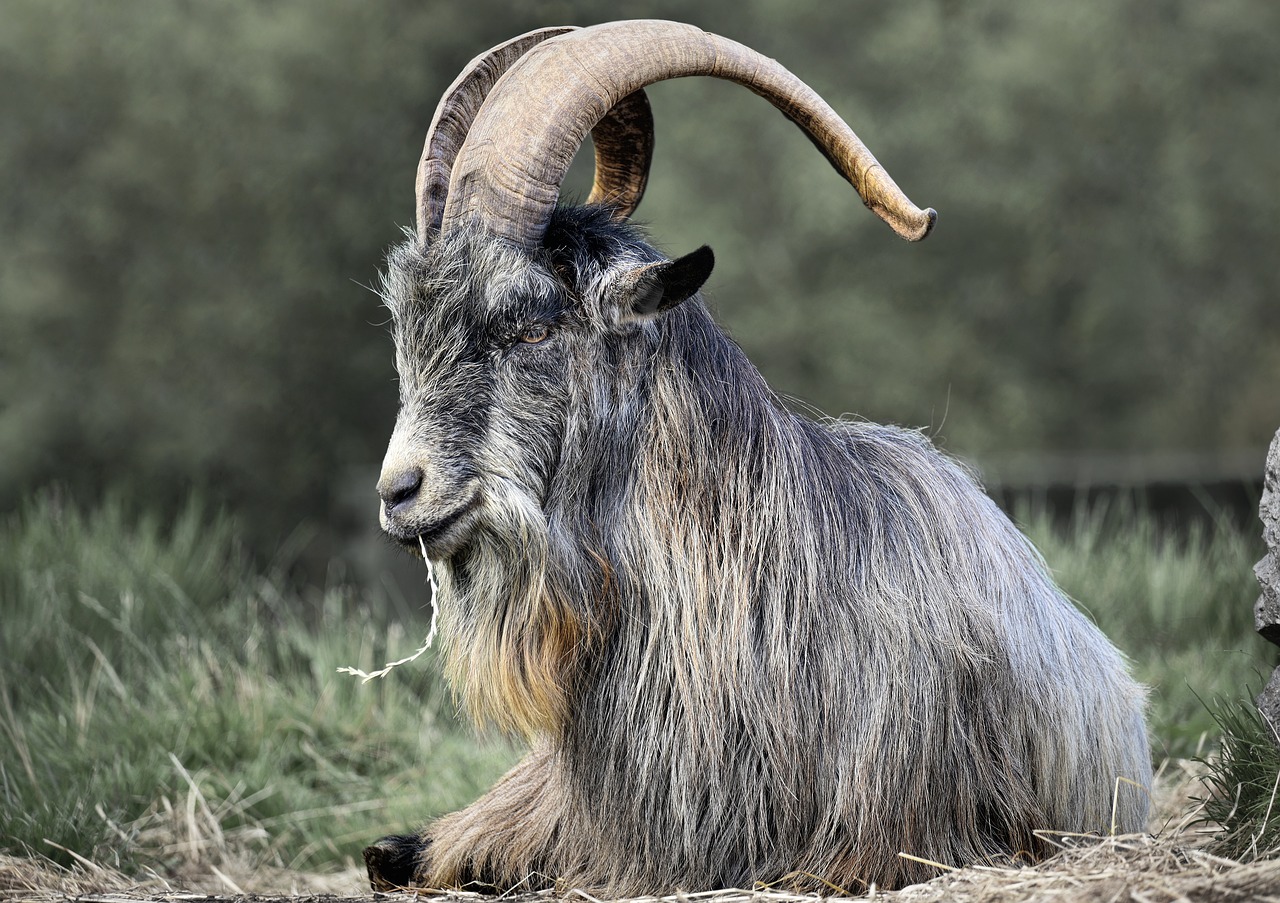Nuada of the Silver-Hand: A Leader in the Myths of Ireland
Nuada of the Silver-Hand stands as a prominent figure in Irish mythology, renowned as the inaugural ruler of the Tuatha dé Danann. Esteemed for his integrity and wisdom, he guided his people to prehistoric Ireland, striving to reclaim the land from the fearsome Fomorians.
The Name and Its Origins
The name Nuada, which can also be found as Nuadu, has origins that hint at a Proto-Celtic term, potentially meaning “to acquire through hunting.” Some researchers suggest that this may stem from a Germanic background, possibly tracing back to the even older Proto-Indo-European root *neu-d-. His title, Airgetlám, translates literally to “the Silver Hand,” and he occasionally bore the name Elcmar.
Nuada’s Characteristics
As a hunter and fisherman of remarkable ability, Nuada epitomized the virtues of leadership and fairness. He perceived the strengths of those around him, enacting just laws that he adhered to diligently, even when they posed challenges to him personally. Among his possessions was one of the Four Treasures of the Tuatha dé Danann—a sword whose victims could neither escape nor defend against once it had been unsheathed. After the conclusion of his rule, Nuada remained a significant figure at Tara, the revered center of the Irish High Kings. Legend says he resided at Brú na Bóinne until he lost it to the Dagda through clever legal manipulation, and locations such as Maynooth, which means “Nuada’s Mound,” were named in his honor.
Lineage
Nuada was married to the River Boyne goddess, Boann; however, their union did not produce offspring, leading to their eventual separation. His brothers, Dian Cécht and Goibniu, were both skilled craftsmen, with Dian Cécht being the father of Cian and grandfather to Lugh.
Family Overview
- Brothers: Dian Cécht, Goibniu
- Wife: Boann
Mythological Tales
Nuada played a key role in the legends surrounding the Children of Danu.
The Arrival in Ireland
Leading the Tuatha dé Danann from the North, Nuada initially established a base at the Hill of Tara and chose Brú na Bóinne as his home. Despite their arrival, the Tuatha dé Danann were not in control, as the Firbolg and the Fomorians held dominion over Ireland. Strategically, Nuada devised a plan to challenge both factions.
The First Battle of Moytura
During the First Battle of Moytura at Cong, Nuada faced the Firbolg, striving for dominion over Ireland. Although the Tuatha dé Danann triumphed, it came at a heavy cost; Nuada lost his hand during the conflict at the hands of Sreng mac Sengainn. As per his own established laws, a king must be whole to rule; thus, this injury disqualified him from kingship. Acknowledging Sreng’s valor, Nuada ceded control of Connacht to him, subsequently designating Bres as his successor.
The Second Battle of Moytura
Unfortunately, the decision to appoint Bres proved detrimental. A half-Fomorian, Bres exhibited cowardice, leading to the enslavement of the Tuatha dé Danann. In response, Nuada’s brothers forged a silver hand, earning Nuada his moniker, and later created a hand imbued with life through magical means. Once restored, Nuada led a rebellion against Bres, reclaiming his throne. Shortly thereafter, the talented Lugh became part of Nuada’s court, who, unbeknownst to most, was actually the grandson of the ominous Balor of the Evil Eye. Realizing Lugh’s lineage, Nuada sought his assistance for an essential strategy for the ultimate battle with the Fomorians.
The decisive battle unfolded in County Sligo, where Balor beheaded Nuada, but Lugh revenged his grandfather’s death by slaying Balor, thereby ensuring a victory for the Tuatha dé Danann. Following this defeat, Lugh was appointed the new king, ushering in an era as prosperous as that of Nuada.
Nuada in Wider Mythology
Nuada’s legacy extended beyond his life, influencing later mythic characters in Irish lore, such as the grandfather of Fionn mac Cumhaill. Over the years, the stories surrounding him amalgamated with those of other figures, leading scholars to grapple with the numerous portrayals of characters like Lugh and Brigid.
He also shares similarities with the figures of Nodens in Gaelic and British traditions, a deity associated with hunting, and is likened to Nudd or Lludd Llaw Eraint in Welsh mythology, similarly depicted with a silver hand. Scholars, including J.R.R. Tolkien, have noted connections with other deities like the Roman Mars and the Norse Tyr, who similarly had lost hands.
Nuada in Contemporary Culture
The depiction of Nuada has permeated modern culture, showcasing his legendary status across various forms of media:
- In Hellboy 2, he emerges as the principal antagonist, striving to reclaim dominance from humanity with the aid of the Golden Army.
- In Marvel Comics, Nuada is portrayed as a deity within the Celtic pantheon, who encounters many incarnations during his narratives.
- The Megami Tensei series features Nuada as Airgetlam, a demon that makes rare appearances.



